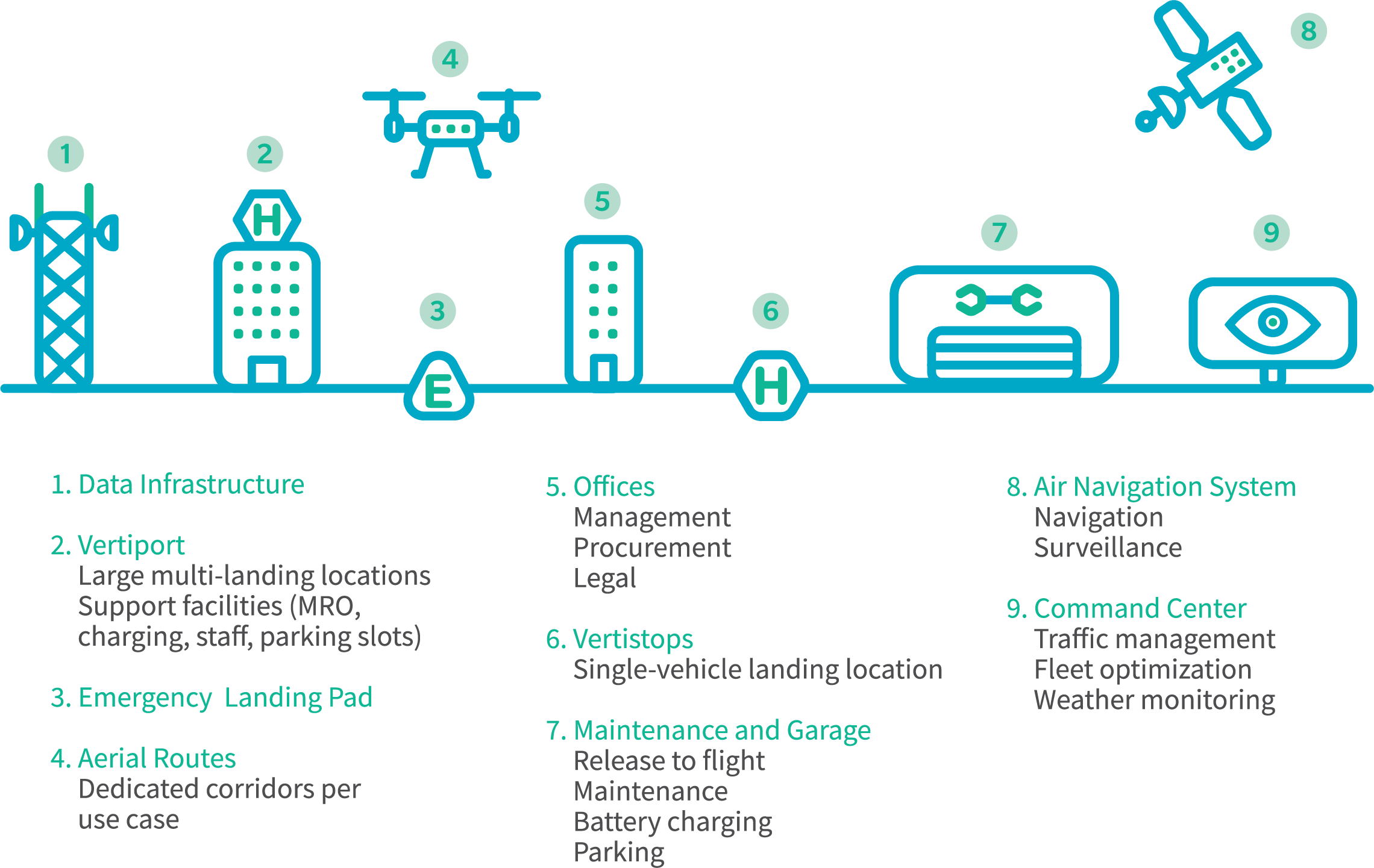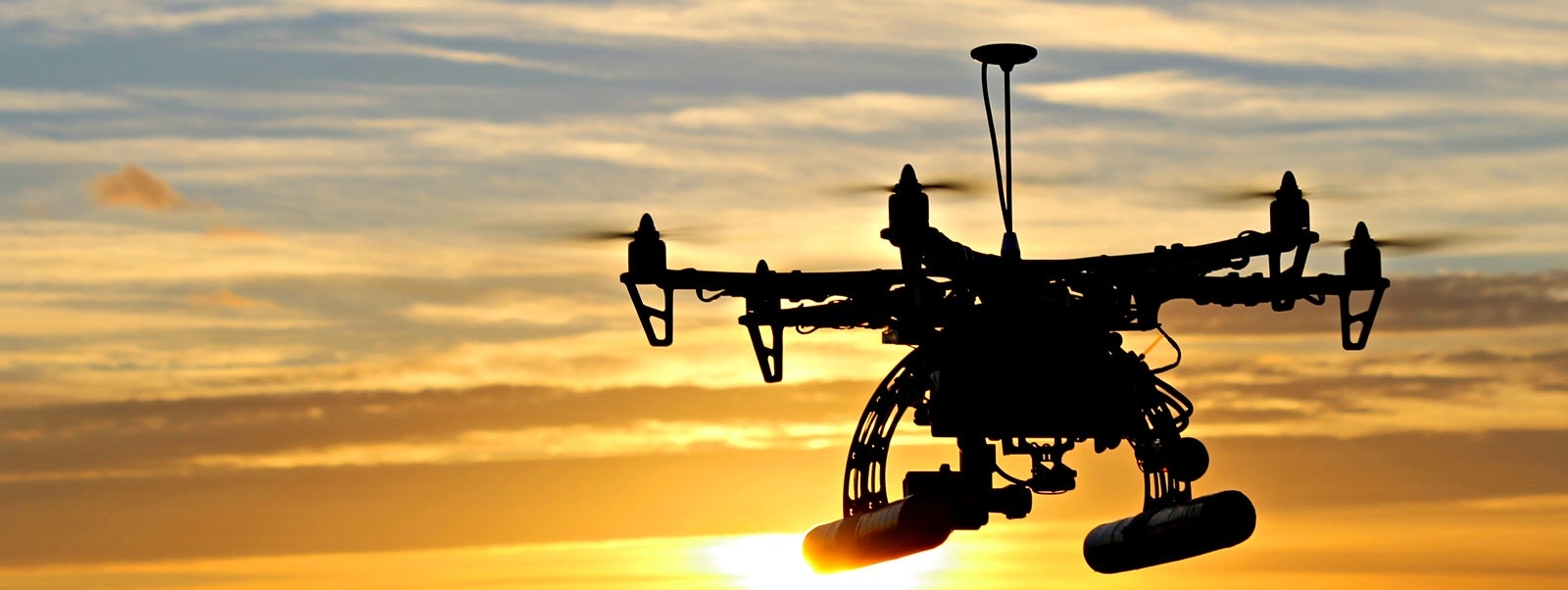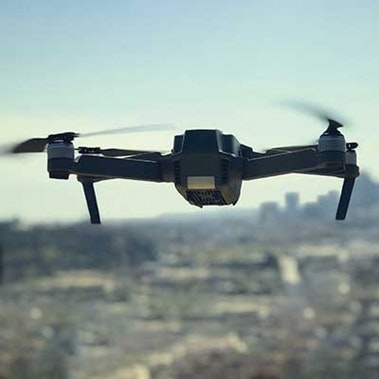By Anthony DiNota, Steve Douglas and Dave Marcontell
This article first appeared in Forbes on October 7, 2019.
The Drone Delivery industry took a step forward at the beginning of October, but it remains several steps away from a commercial-scale enterprise. While the Federal Aviation Administration (FAA) granted UPS air carrier certification with fewer restrictions than it granted Alphabet’s Project Wing in April, the parcel delivery giant will still be limited essentially to rural areas and hospital campuses for the foreseeable future.
This is not to downplay the significance of the FAA approvals. They mark a new receptivity on the part of the agency to drone delivery in the United States and progress that suggests the world may see full-scale commercial delivery drones in perhaps a couple of years.
But the Part 135 certification that grants air carrier status only gets companies partway down the road. Like all innovations that pose a risk to life and property, drone technology has several problems to solve before it can be incorporated into the global economy and airspace of nations around the world. First and foremost, whether moving people or things, the drone equipment will need to prove itself airworthy— that is, safe for flight—and be able to demonstrate long-term reliability before getting “Type Certified” by the FAA and national airworthiness regulators in other countries. This represents the second and final step before large-scale commercial operations can commence.
Drones are already proving to be huge logistical problem-solvers in less populated areas
Reliability guarantees
Until now, drone technology—comprised mostly of what has been developed for the consumer market rather than commercial and industrial use—has not been held to the highest standard of reliability. Hobby drones often fail in a matter of months of occasional use, a standard that regulators will not accept—especially as drones get bigger. In its testing program, Project Wing has been using an 11-pound drone that can carry about three pounds of cargo, perfect for some food or pharmaceutical deliveries. Delivery drones that size represent marginal risk to the public if systems fail and are unlikely to be required to reach the highest airworthiness standards. UPS has now been technically granted permission to fly drones over 55 pounds. As drones increase in size, they pose greater risk and reliability must be higher than for a hobby drone.
And what about when companies want to operate drones designed to move packages in bulk or transport heavy equipment? These larger drones, as well as flying taxis carrying people, will need to be similar in size to today’s military drones, which can weigh almost 5,000 pounds. That means aspirational drone manufacturers and their operator customers must get their equipment type-certified as airworthy, the same way that aerospace manufacturers like Boeing and Airbus do. And airworthiness for larger commercial drones will be set at orders of magnitude higher than demonstrated drone reliability today, although perhaps less than the once in a billion flight hours reliability required of a commercial airliner.
A Comprehensive Air System Is Needed

Source: Oliver Wyman Analysis
A drone’s eyes
That’s a challenge made even more difficult by the fact that no certification standards currently exist for UAVs. Fundamental technology hurdles also must be scaled before UAVs can achieve airworthiness. Probably the biggest and most essential criterion, when it comes to operating in the National Airspace System, is the ability to detect and avoid colliding with other things, fixed or flying.
With a drone, there’s no human pilot to watch out for electrical wires, birds, buildings, helicopters, or low-flying planes. That’s why most regulation requires drones to stay in the line of sight of the operator—a restriction that makes a commercial-scale drone business economically unviable.
Some progress has been made in the last two years. Amazon, which has been pursuing drone delivery since 2013, has received patents for an autonomous air traffic control system. Amazon’s technology would essentially create a flight management system that relies on sensors and wireless communication to alert drones about other drones operating in the same airspace and let them adjust their flight paths to avoid collisions. The system would be the drone version of the Traffic Alert and Collision Avoidance Systems that commercial transport aircraft are required to have in regulated airspace.
The FAA, National Aeronautics and Space Administration, and private industry are also collaborating on their own versions of an air traffic control system for drones in unregulated, low-altitude airspace. Either way, without technology like this, it would be hard to see how drone delivery companies could operate anywhere but remote, sparsely populated areas.
Drone reliability is several orders of magnitude below the commercial aircraft standard
Off the ground
Despite the obstacles, delivery drones are already operating and proving to be huge logistical problem-solvers—although not so much in the US or in densely populated areas. In Rwanda and Ghana, Zipline runs the world’s largest delivery drone network, carrying vaccines, medications, and blood to rural hospitals. In Iceland, a Reykjavik-based food delivery service uses drones to cut the time to get orders to customers, especially in places difficult to reach by car because of the nation’s coastal inlets and winding roads. And in April, a drone delivered a donated kidney for a transplant patient in Maryland, showing how the technology might be used in medical emergencies or in situations like with donated organs when speed is required. That said, it was a 2.8-mile test flight that took less than 10 minutes and was limited to the University of Maryland campus.
UPS is also planning to build its initial business around medical facilities and the need to move equipment and life-saving medicines to their destinations quickly. After it was granted its Part 135 approval, UPS made its first run for a paying customer—WakeMed Health and Hospital near Raleigh, North Carolina. The flight was out of the line of sight of the drone operator, another necessary condition if drones are to create an economically viable service.
Slowly but consistently, delivery drones are being incorporated into the global logistics and distribution network. As drones prove their usefulness, it is hoped the public will grow more accepting of seeing them in low-level airspace and hearing their signature buzz, like a swarm of bees for smaller models.
Of course, it takes only one or two tragic accidents for the public to withdraw its approval—just look at the plight of urban helicopter transport after a couple of high-profile crashes. That’s why, in more densely populated areas and more heavily regulated airspace, commercial-scale drone delivery must wait until the equivalent of airworthiness standards are adopted and the technology to achieve them is demonstrated.











